
The shape of space, the rhythm of time — as dots resonate and dissolve into eternity, The Bards of Time and Space rekindles the spiritual core of ‘abstraction’ within the East Asian context. The exhibition opens with works by Ho Kan, a pioneering figure in Chinese geometric abstraction, and Soonik Kwon, a leading contemporary abstract artist from Korea. Through Ho Kan’s ‘order’ — bright color fields and geometric compositions — and Soonik Kwon’s ‘flow’ — brushwork and textures that embody the concept of qi on canvas — viewers are invited to embrace multiple perspectives of seeing. Within the visual language of abstraction, the exhibition explores the inner cultivation of both artists: the path toward freedom and transcendence through art.
Curated under the theme of ‘Form and Qi’, The Bards of Time and Space spans from 1955 to 2024, encompassing paintings, object installations, and early manuscripts. The exhibition unfolds through five major sections that orchestrate a rhythm of perception: 【The Order of Form · The Flow of Qi】, 【Revisiting East Asian Abstraction】, 【From Stillness to Movement: Dots, Squares, Triangles】, 【Between Form and Qi: The Gateway to Eternity】, 【Painting as the Bridge Between Us】. Interwoven with carefully placed design furniture, the spatial layout guides both the viewer’s gaze and their movement through the exhibition.
Ho Kan and Soonik Kwon embody two essential qualities in the evolution of East Asian abstract art. Ho Kan infuses minimalist geometric space with Eastern cultivation and poetic sensibility, creating surreal, mysterious imagery. Soonik Kwon, focusing on the layering of time and color, reveals the threshold where materiality meets temporality, and thought encounters sensation — a direct engagement with the ‘present’, unbound by past or future. This intergenerational and cross-regional dialogue crystallizes a dynamic harmony. As viewers move through the space, they attune to their inner resonance and experience firsthand that ‘abstraction is not an escape from reality, but an entry into a deeper reality’.
The Bards of Time and Space — Ho Kan, Soonik Kwon
Place|ALIEN ART CENTRE
Period|2025.11.23 (SUN) – 2026.11.01 (SUN)
Curator|Yaman Shao, Felix Kwok
Curatorial Team|ALIEN Art Centre
Academic Research|International Association Art Critics (AICA) Research Group
Curatorial Partner|ALIEN Art, ALIEN MODE, Whitestone Gallery, CHINI Gallery
Space Coordination|Bon Maison
Visual Design|Yu-Tzu Huang
Sensory Design|Shah Pâtisserie, ALIEN ALL DAY LOUNGE
Cultural Partner|THE AMNIS, a Luxury Collection Hotel, Kaohsiung, Kaohsiung Museum of Fine Arts
Special Thanks to|DBS Bank , YUIMOM Group
The Bards of Time and Space. Visual Design: courtesy of Yu-Tzu Huang
The Bards of Time and Space © ALIEN Art Centre
The Bards of Time and Space © ALIEN Art Centre
The Bards of Time and Space. Furniture: courtesy of Bon Maison
The Bards of Time and Space © ALIEN Art Centre
The Bards of Time and Space. Furniture: courtesy of Bon Maison
Development 36 © Ho Kan
Interstice-Pile up & Rub (2-05) © Soonik Kwon
The Bards of Time and Space. Visual Design: courtesy of Yu-Tzu Huang
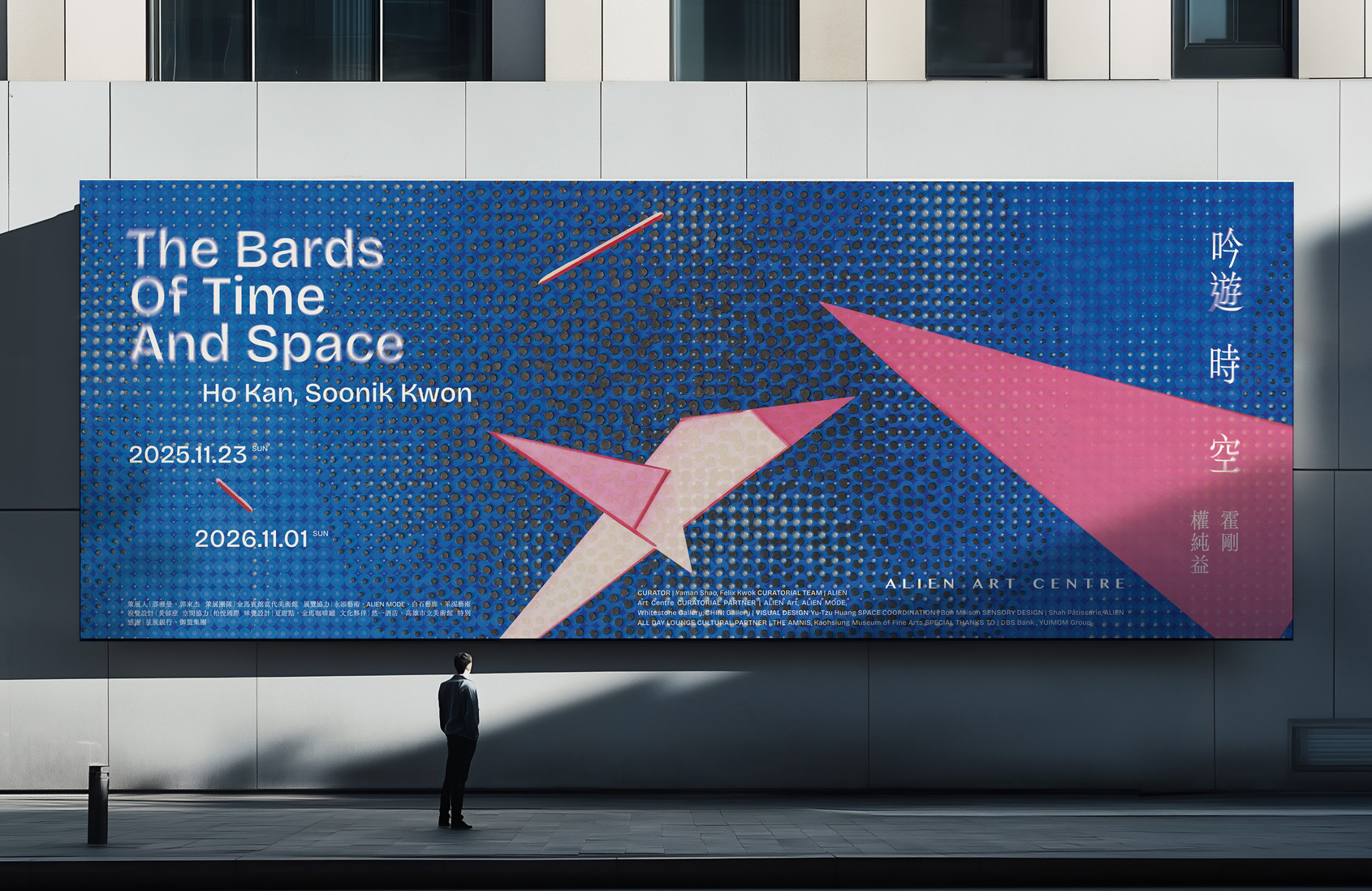
The Bards of Time and Space. Visual Design: courtesy of Yu-Tzu Huang
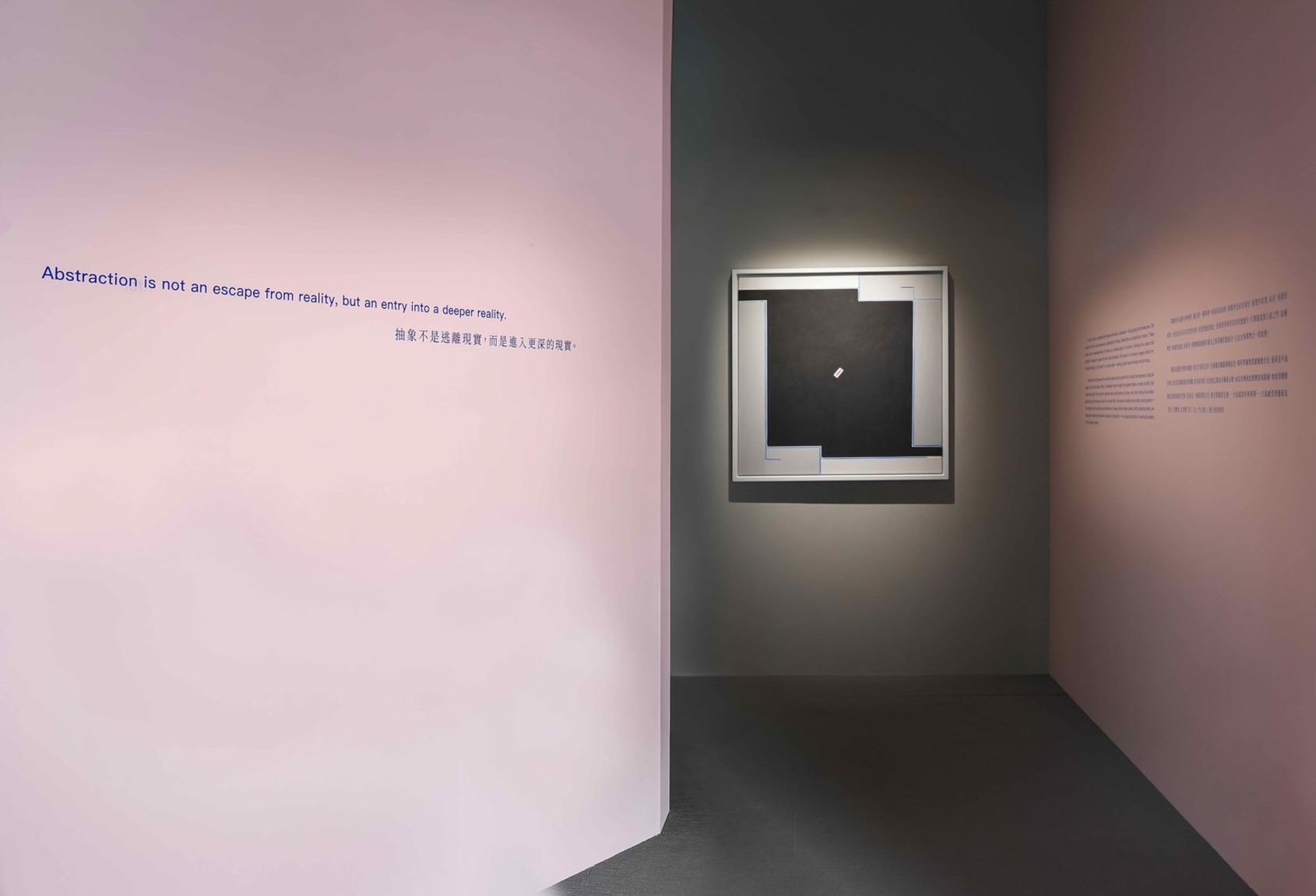
The Bards of Time and Space © ALIEN Art Centre
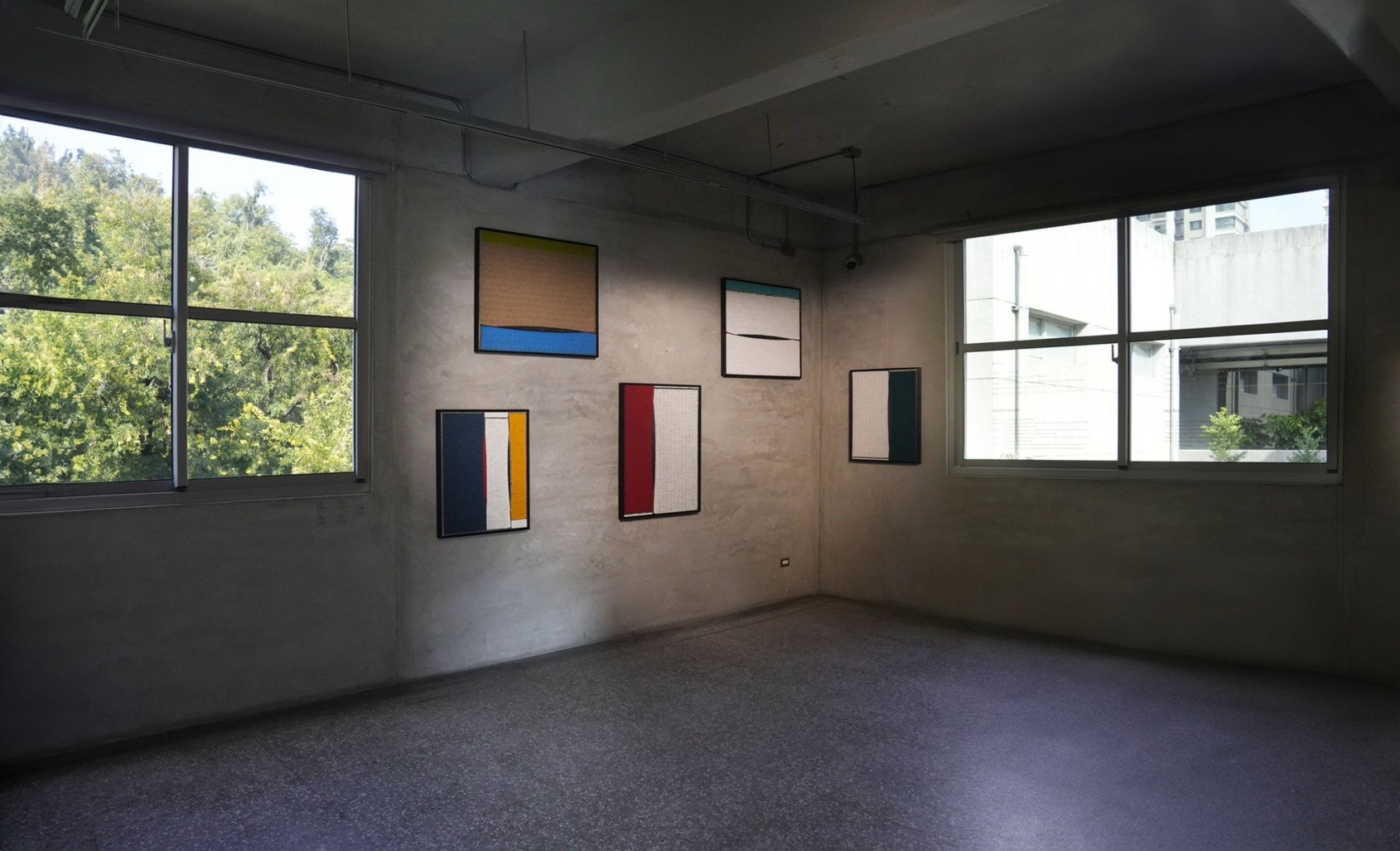
The Bards of Time and Space © ALIEN Art Centre
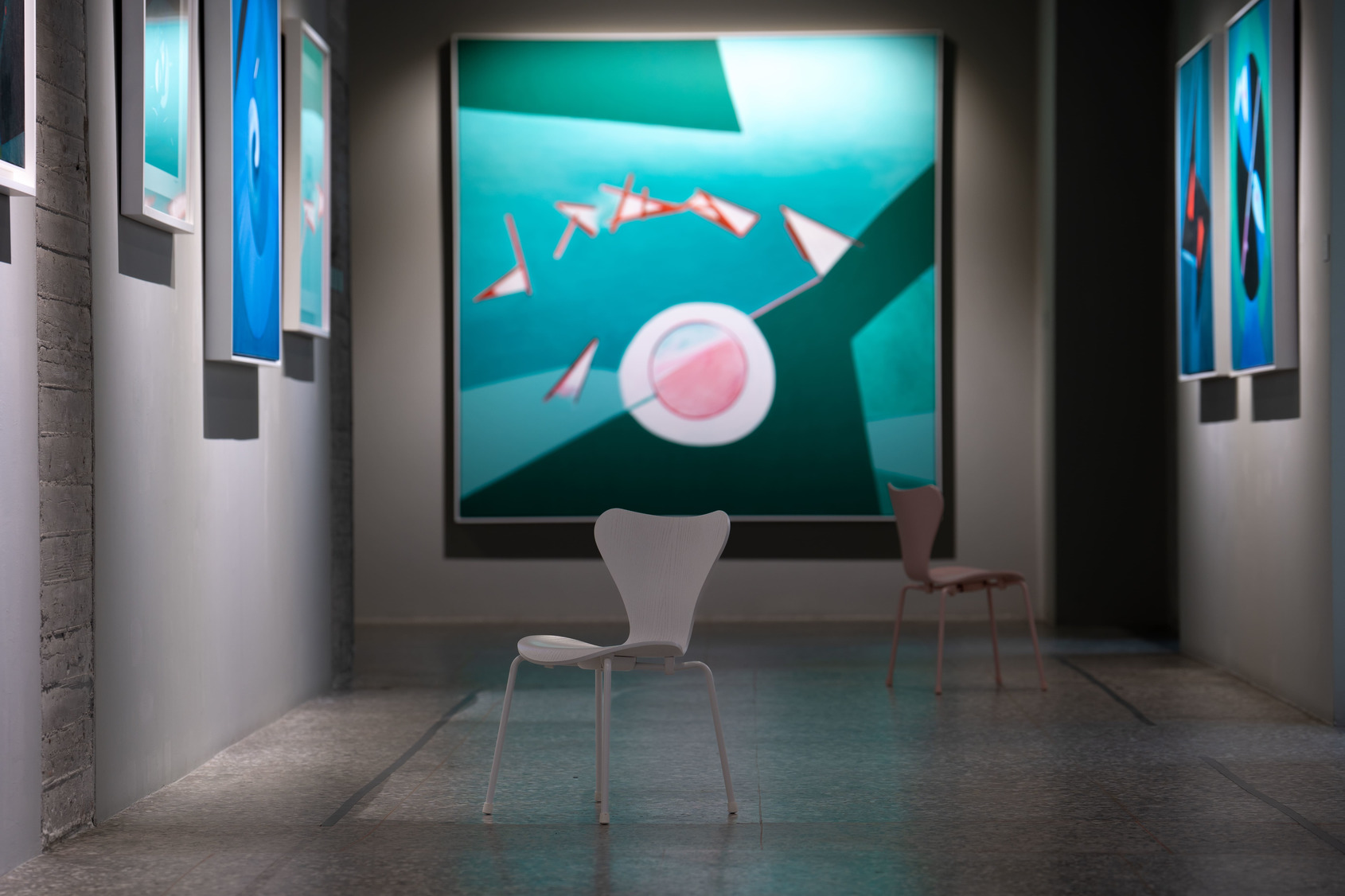
The Bards of Time and Space. Furniture: courtesy of Bon Maison
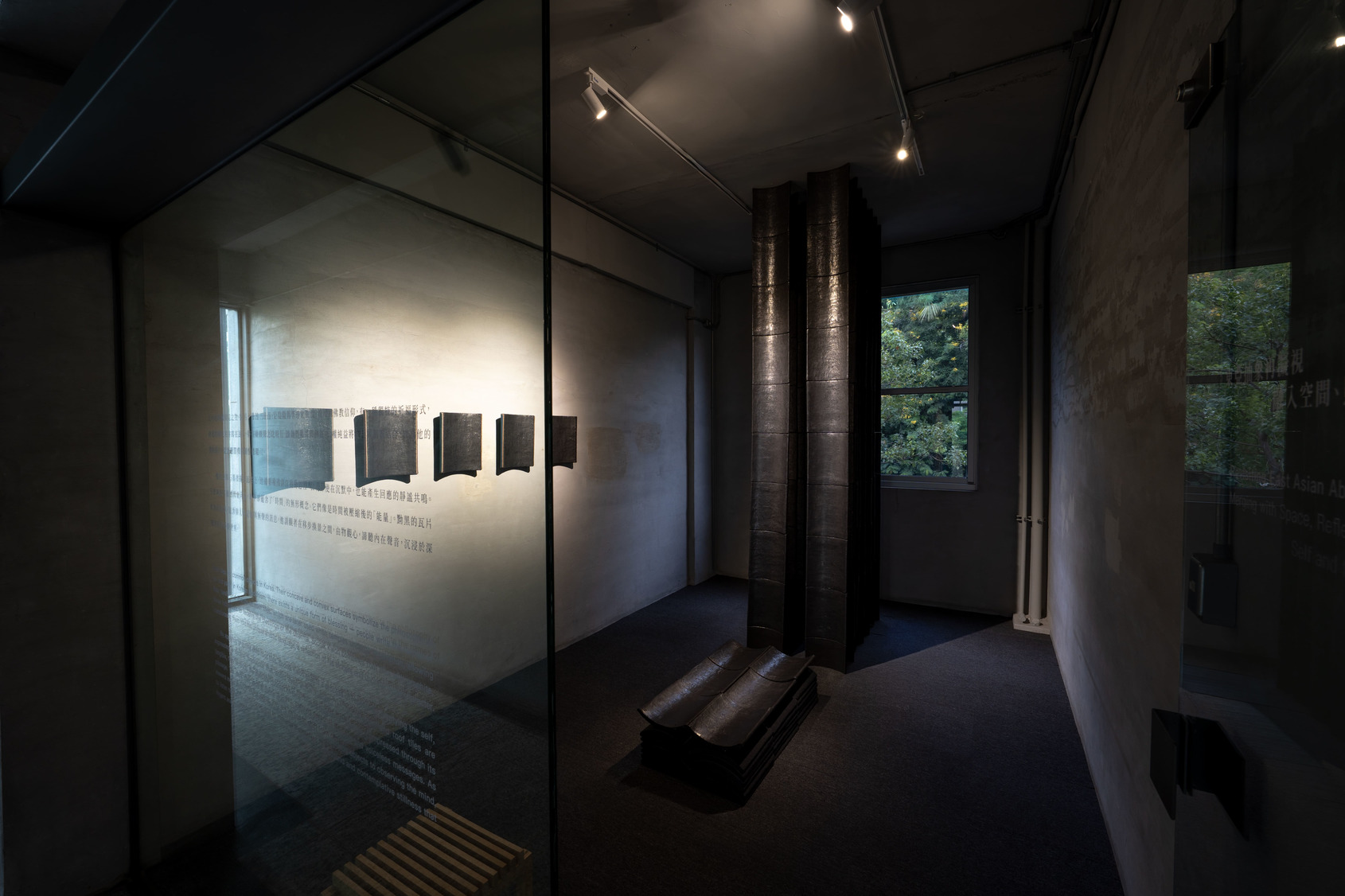
The Bards of Time and Space © ALIEN Art Centre
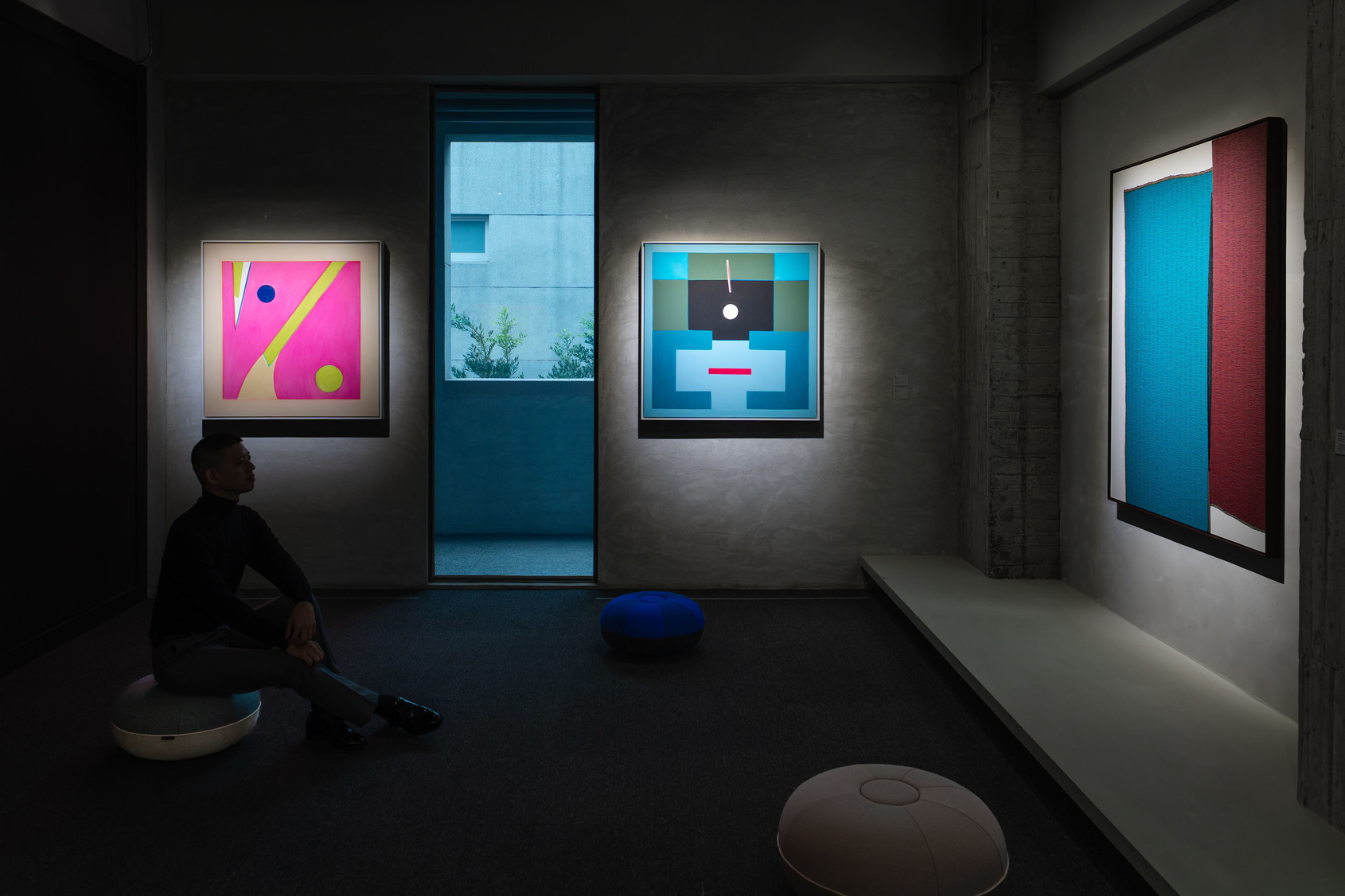
The Bards of Time and Space. Furniture: courtesy of Bon Maison
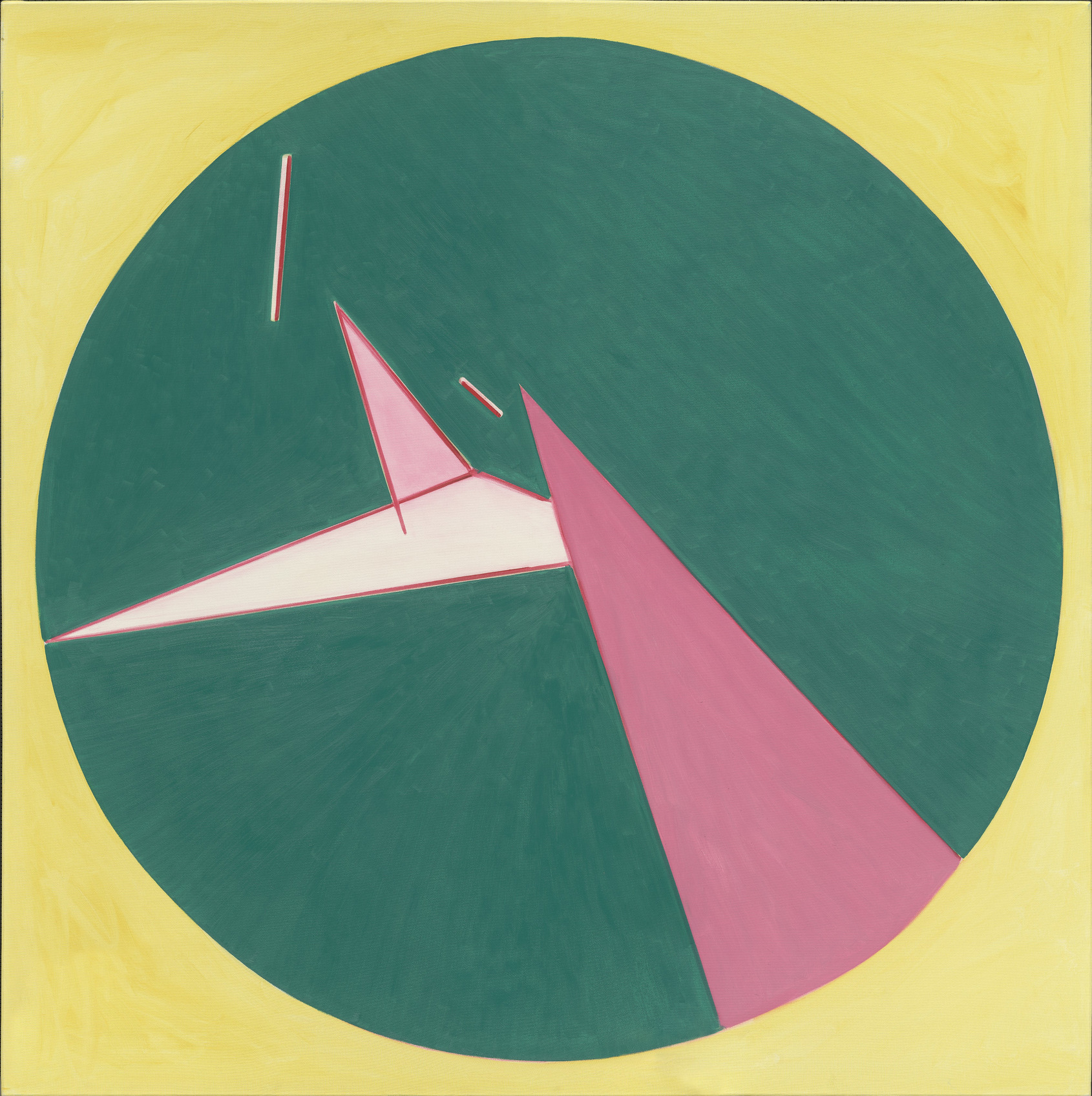
Development 36 © Ho Kan
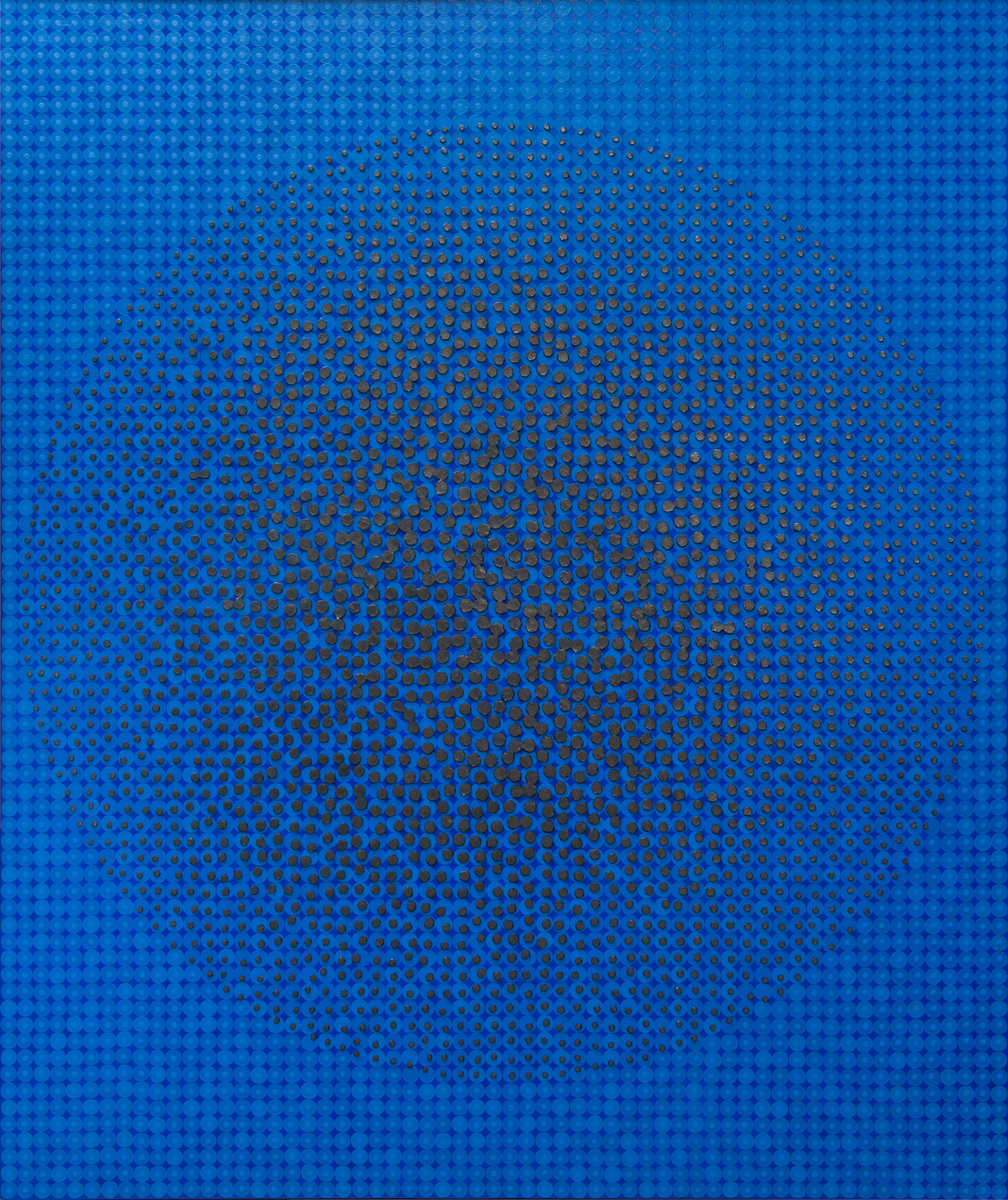
Interstice-Pile up & Rub (2-05) © Soonik Kwon
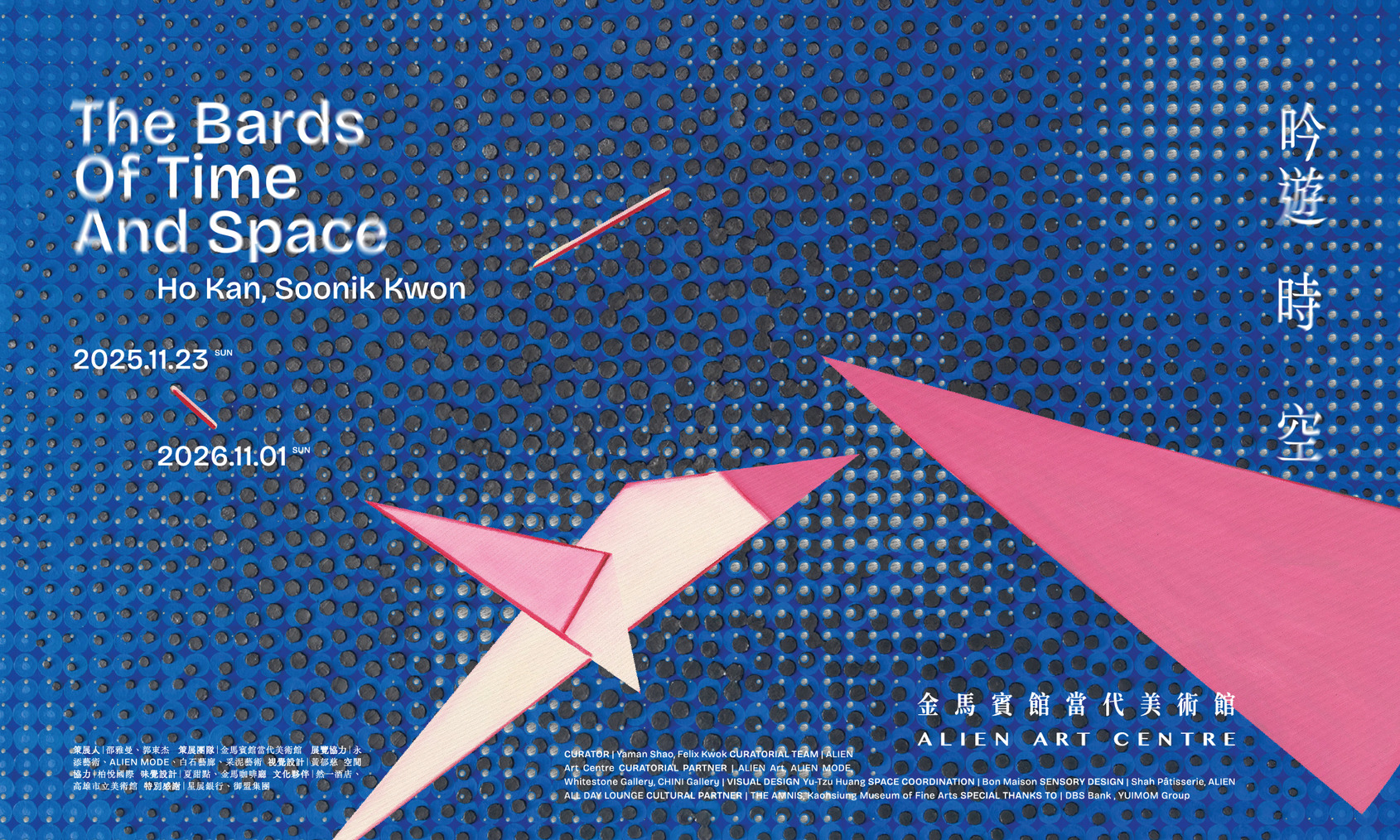
The Bards of Time and Space. Visual Design: courtesy of Yu-Tzu Huang